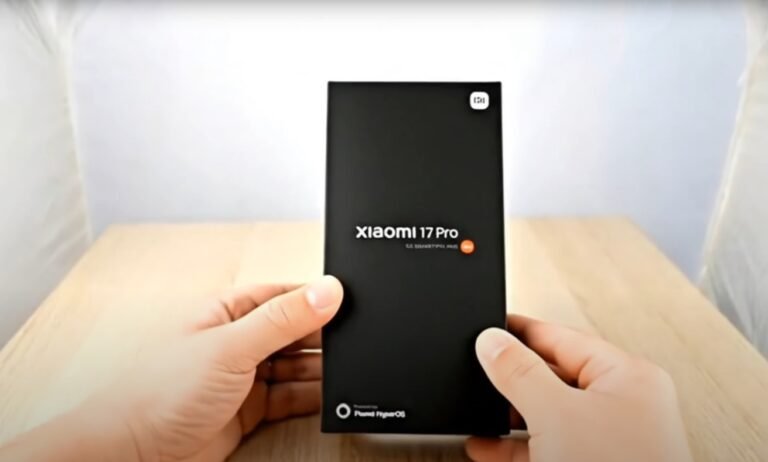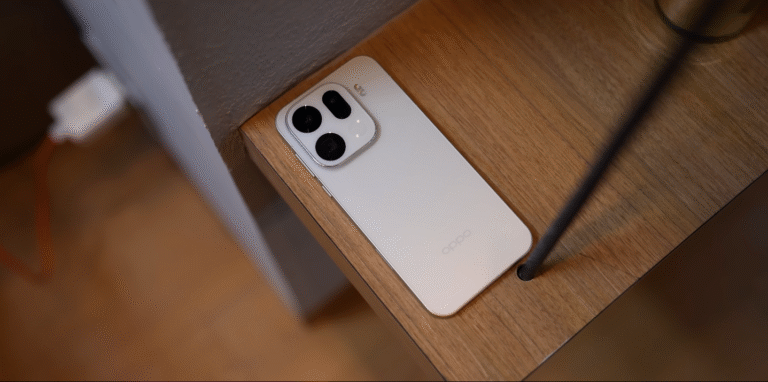Redmi 15 vs realme GT Neo 5: value vs power face-off

Which phone gives the better package for your budget and usage?
When shopping for a smartphone today, you’ll frequently encounter a trade-off between value and power. The Redmi 15 represents the “value first” side—big battery, large display, solid features at a low cost—while the realme GT Neo 5 offers “power first”—a stronger chipset, faster charging, premium specs, and a higher price. For UK buyers trying to decide, this article unpacks how each model performs, what you gain and what you give up, and which might suit your needs better.
The Redmi 15 comes in at a very competitive price and impresses with features that punch above its cost: a 6.9″ display with 144 Hz refresh rate, a 7,000 mAh battery built for long endurance, and a decent 50 MP main camera for its segment. For those whose primary use is streaming, daily apps, social media and long battery life without frequent charging, it represents one of the best “bang for buck” choices available.
The realme GT Neo 5, by contrast, targets users who demand more—gamers, power users, content creators. It is built around a high-end chipset (Snapdragon 8+ Gen 1 in many markets), premium display tech, 150 W charging (in some versions) and better overall performance headroom. It costs more, but for the user who will push the hardware or keep the phone several years, the investment can pay off.

Performance differences show up in how each phone handles intense use. The Redmi handles everyday tasks and moderate gaming well, but if you toss in high-frame-rate gaming, video editing or prolonged multitasking it may show its price. The realme device handles these much more comfortably and offers smoother experiences under load. If you plan to keep the phone for 3-4 years or value high performance today, it is the stronger pick.
Battery life also differs in nuance. The Redmi’s large 7,000 mAh cell means longer runtime in mixed use—good for long days, travel or when you can’t plug in. But its charging speed of 33 W means you wait longer for a full charge. The realme phone trades some battery size but gains much faster recharging—ideal if you top up frequently. The choice becomes: longer endurance vs faster turnaround.
Camera and other features also provide differentiation. While the Redmi offers a competent 50 MP main sensor and solid everyday photography results, the realme model likely includes more refined optics, better ultrawide lenses, faster/fancier charging and some premium touches like better cooling or smoother animations. If photography, performance or premium feel matter, the realme has the advantage.
From a value perspective, the Redmi 15 wins in cost‐to‐feature ratio: for users who simply need a reliable phone with modern specs and don’t demand top‐tier gaming or ultra-long update cycles, it is a very smart buy. On the flip side, if you want more future-proofing, higher performance and are willing to pay extra, the realme GT Neo 5 presents a compelling premium value.
For UK buyers, budget matters enormously. If your budget is limited (<£250) and you need a work-horse phone for everyday tasks and streaming, the Redmi 15 is difficult to beat. If you have a bit more to spend and expect more from your phone, or plan to keep it longer and demand more from it, the realme GT Neo 5 is the smarter investment.
In conclusion: if your priority is maximum value for minimal spend, go Redmi 15. If your priority is maximum performance for reasonable spend, go realme GT Neo 5. Either way, it comes down to what you actually use the phone for.






